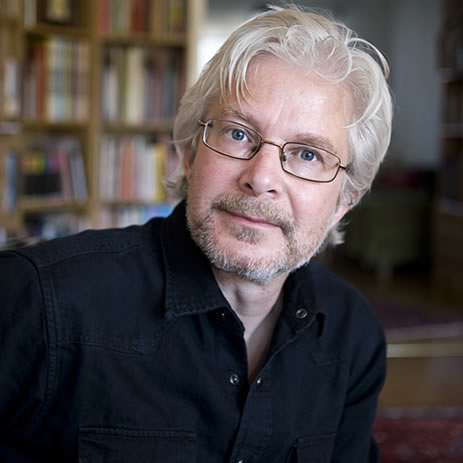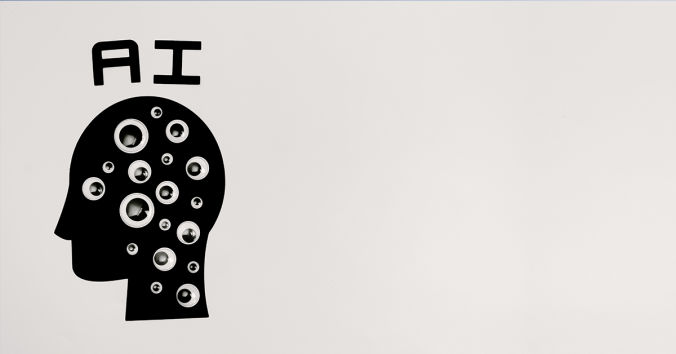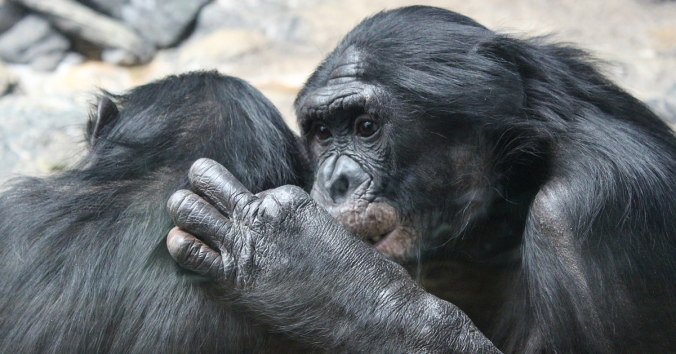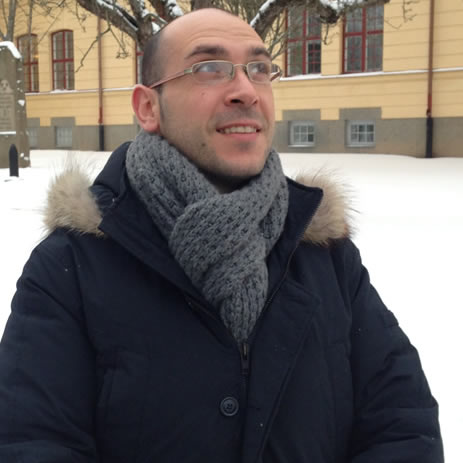Philosophers have an ambiguous position in the knowledge society which could support democratic conversations where truth and openness are united. On the one hand, philosophers are driven by a strong desire for the truth. They ask questions more often than they give answers, and they do not give answers until they have thoroughly explored the questions and judged that they can establish the truth, to speak a little pompously. On the other hand, philosophers cannot communicate their conclusions to society with the same authority that empirical scientists can communicate their findings. Philosophical reasoning, however rigorous it may appear to be, does not function as scientific evidence. It would be doubtful if a philosopher said, “A very clear reasoning which I recently carried out shows that…,” and expected people to accept the conclusion, as we expect people to accept the results of empirical studies.
Despite their strong desire to find the truth, philosophers can thus rarely “inform” about the truths they believe they have found, but must exercise restraint and present these truths as proposals, and then appeal to their interlocutors to judge the proposal for themselves. That is, to think for themselves. The desire to communicate one’s philosophical conclusions to others thus results in conversations on more or less equal terms, where more or less clear reasoning is developed together during the course of the conversation. The philosopher’s ambiguous position in the knowledge society can here act as a catalyst for conversations where the aspiration to think correctly, and the will to think freely, support each other.
The ambiguous position of philosophy in the knowledge society is evident in medical ethics, because here philosophy is in dialogue with patients, healthcare professionals and medical researchers. In medical ethics, there are sometimes so-called “ethics rounds,” where an ethicist visits the hospital and discusses patient cases with the staff from ethical perspectives. The role of the ethicist or philosopher in these conversations is not to draw the correct ethical conclusions and then inform the staff of the morally right thing to do. By striving for truth and by asking questions, the philosopher rather supports the staff’s own ethical reasoning. Of course, one or another of the philosopher’s own conclusions can be expressed in the conversation, but as a suggestion and as an invitation to the staff to investigate for themselves whether it can be so. Often the most important thing is to identify the crucial issues. The philosopher’s ambiguous standing can in these contexts act as a catalyst for good conversations.
Another area where the ambiguous position of philosophy in the knowledge society is evident is in research communication of ethics research, like the one we do here at CRB. Ethicists sometimes conduct empirical studies of various kinds (surveys, interviews and experiments). They can then naturally expect people (the general public or relevant groups) to take the results to heart. But these empirical studies are usually done to shed light on some ethical difficulty and to draw ethical, normative conclusions on good grounds. Again, these conclusions can rarely be communicated as research findings, so the communicator also has to exercise restraint and present the conclusions as relevant proposals to continue thinking and talking about. Research communication becomes not only informative and explanatory, but also thoughtful. It appeals to people to think for themselves. Awareness of the ambiguous position of philosophy can thus support research communication that raises open questions, in addition to disseminating and explaining scientific findings.
Since political conclusions based on scientific studies seem to have a similar ambiguous status to ethical and philosophical conclusions, philosophy could also inspire wiser democratic conversations about how research should be implemented in society. This applies not least to controversial issues, which often polarize and encourage debaters to make strong claims to possess the best evidence and the most rigorous reasoning, which they believe justifies their positions. But such a truth authority on how we should live and organize society hardly exists, even if we strive for the truth. As soon as we talk to each other, we can only make suggestions and appeal to our interlocutors to judge the matter for themselves, just as we ourselves listen to our interlocutors’ objections, questions and suggestions.
Strong pursuit of truth requires great openness. When we philosophize, these aspects are at best united. In this way, philosophy could inspire democratic conversations where people actually talk to each other and seek the truth together. Not just make their voices heard.

Written by…
Pär Segerdahl, Associate Professor at the Centre for Research Ethics & Bioethics and editor of the Ethics Blog.
We care about communication












